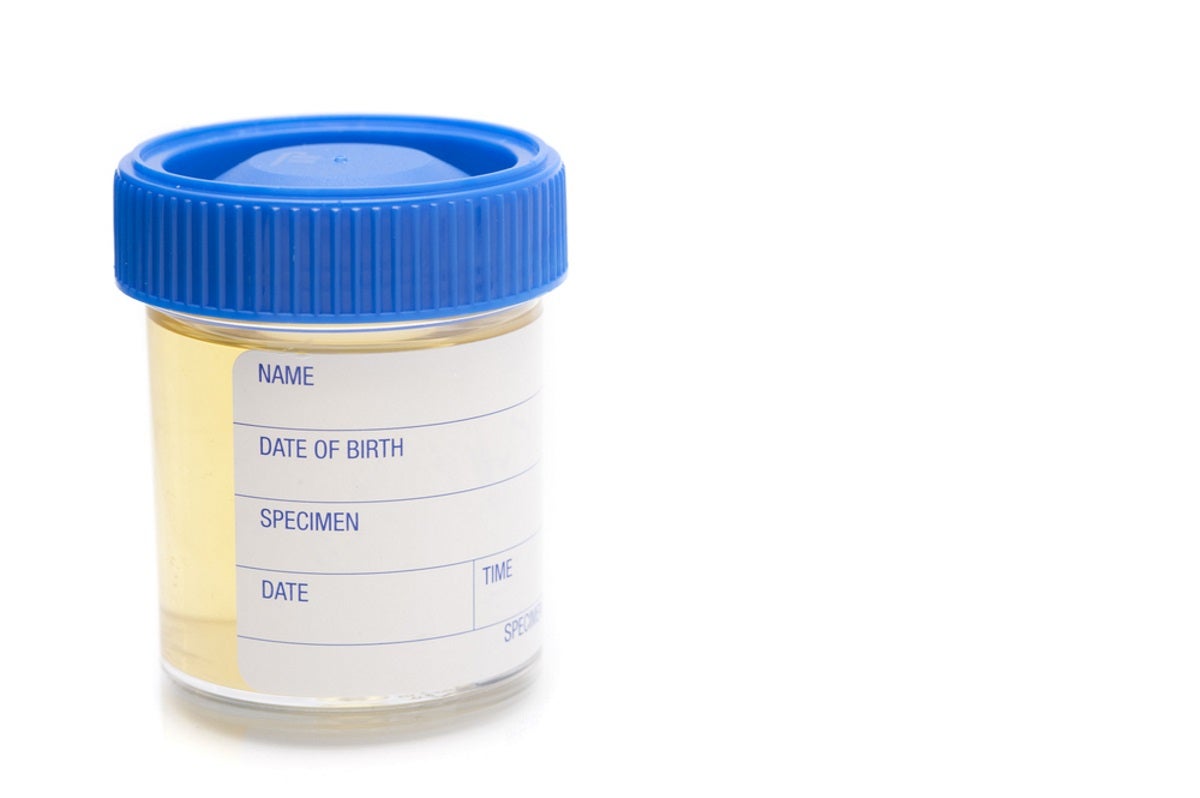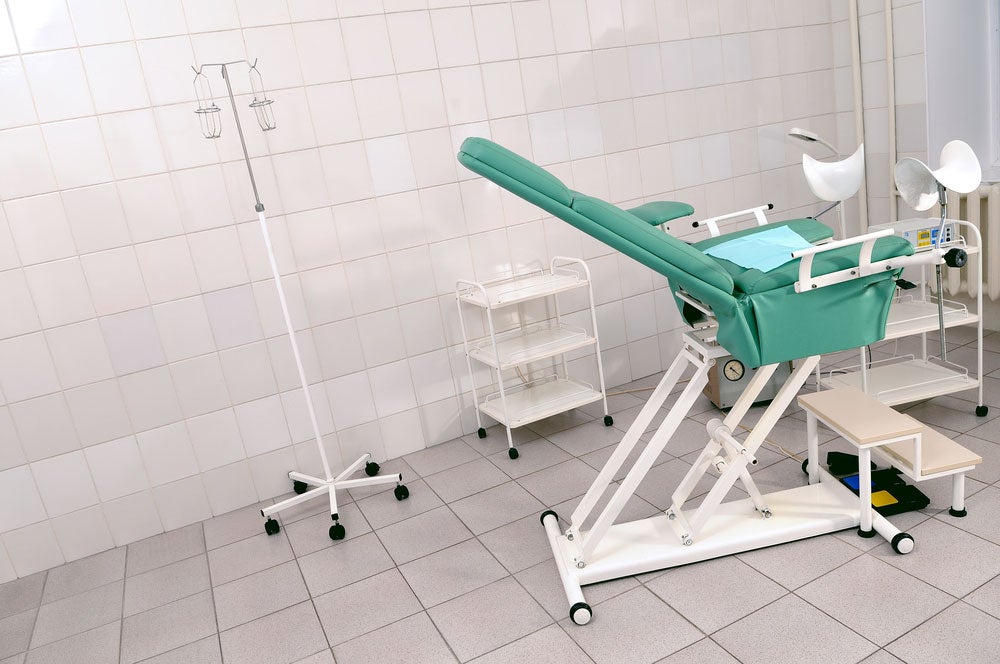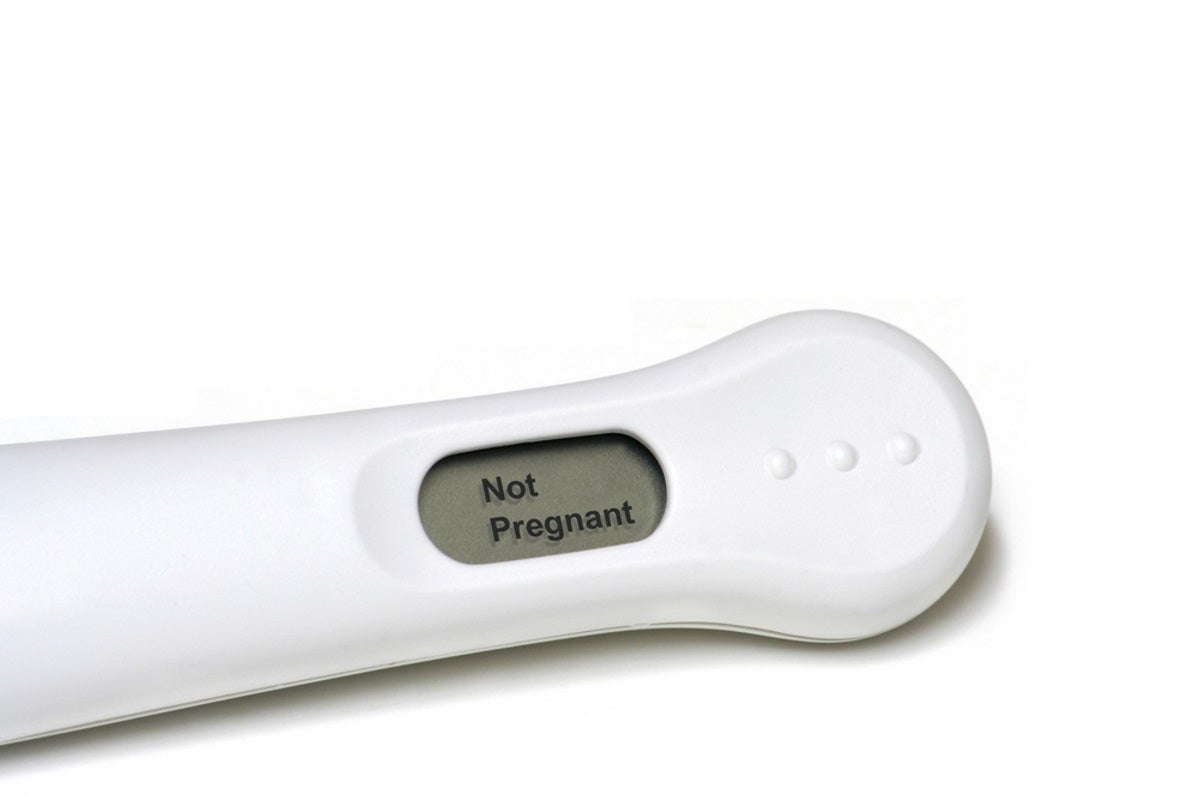Despite Changes in Pap Smear Testing Guidelines, Annual Chlamydia Tests recommended for Sexually Active Patients to Prevent Fertility Issues or Diseases such as Pelvic Inflammatory Disease
It’s a tale of two tests: one for early signs of cervical cancer, the other for a sexually transmitted disease. But a new study suggests that a change in the recommended schedule for one may have dramatically lowered the chances that young women would get the other.
Results published by a University of Michigan team shows the unintended consequences of changes to national health test guidelines: the potential for doctors to fall behind on ordering other tests that screen for serious health problems.
In this case, the two tests are Pap smears and screens for the most common sexually transmitted disease, chlamydia. If undiagnosed, chlamydia can leave women in pain, infertile or unable to have a successful pregnancy.
Until six years ago, recommendations for most women under age 25 called for Pap smears earlier and more often, and chlamydia screening once they were sexually active. Doctors could take samples during the same pelvic exam. But the Pap smear schedule for young women changed in 2009, removing annual tests before age 21 to reduce the chance of unneeded follow-up tests.
“With the change in screening, we wanted to see if there were other implications, and indeed a decrease in chlamydia screening occurred even though the number of visits by young women was about the same,” says U-M Medical School Department of Family Medicine lecturer Allision Ursu, M.D., the lead author of the new paper in Annals of Family Medicine.
She and her colleagues looked at the tests given to sexually active young women aged 16 to 21 years with no chlamydia symptoms who came to U-M’s five family medicine clinics in the year before the new Pap test guideline and two years later. Those in the earlier group were nearly 14 times more likely to get a chlamydia test than those seen later, even though there was no drop in clinic visits by such patients.
The sharp drop in testing at the U-M clinics suggests that the Pap smear guideline change could have had the same effect elsewhere. The team hopes their findings will prompt other primary care clinics to assess whether they need to pay attention to ensuring chlamydia testing is done on time, even if it’s not paired with a Pap test. A urine test for chlamydia is also available, so doctors don’t need to perform a pelvic exam.
Annual chlamydia tests are recommended for all sexually active young women under age 25, because the disease can be silent for years and can be transmitted by partners symptoms. Early detection and treatment with antibiotics can prevent long-term effects such as pelvic inflammatory disease that can affect the fallopian tubes and lead to infertility or ectopic pregnancy.
Article originally appeared on Outbreak News Today.com: Michigan researches: New Pap Smear Schedule Led to Fewer Chlamydia Tests







